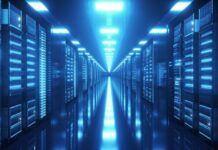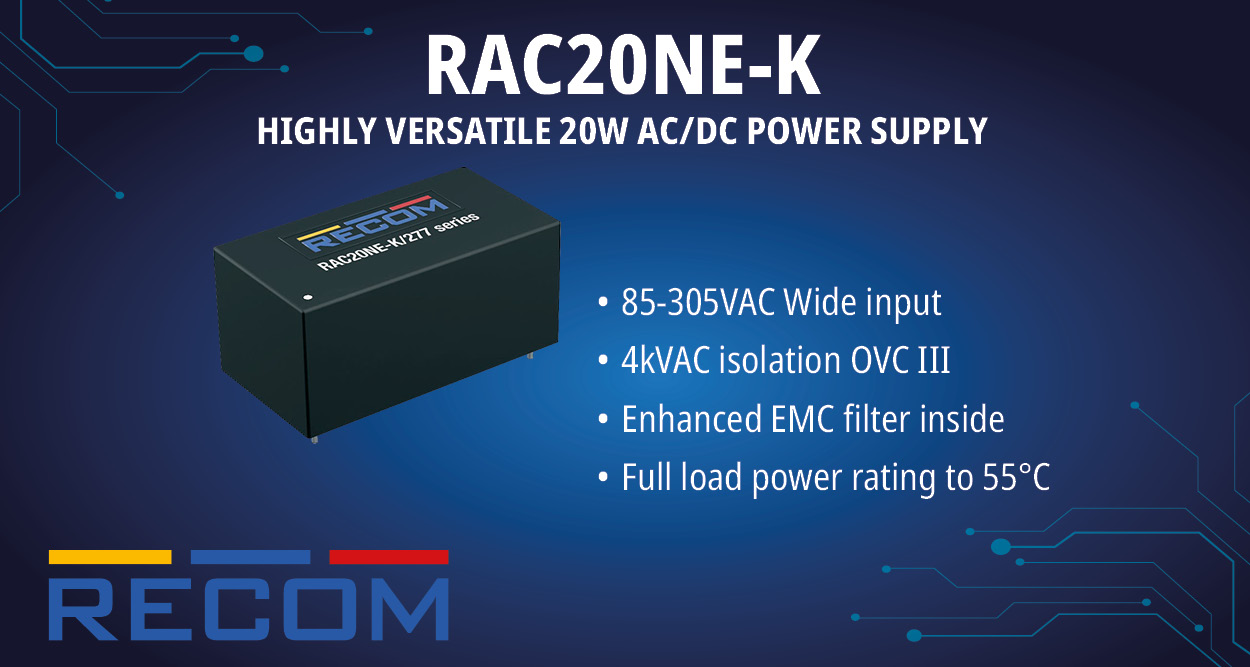As technology advances at an incredible pace, I sometimes reflect on the moment I first stepped into a modern data center. What struck me wasn’t just the scale; but the immense possibilities I saw unfolding within those walls. To say the least, data centers have evolved as the true enablers of breakthroughs that define our times. What was once perceived as static repositories of information has now transformed into engines of progress, evolving in lockstep with the rise of artificial intelligence.
India is at the forefront of a digital transformation unlike anything we’ve seen before, and we are well-positioned to continue leading this charge. According to reports, 92% of Indian knowledge workers already use AI in the workplace, significantly outpacing the global average of 75%. This reflects the nation’s thriving digital ecosystem and ambitious AI strategies, which have all the makings to redefine what it means to be globally AI-ready. Our data center industry exemplifies this momentum.
This, however, is not merely a story of scale but a thoughtful process. With initiatives like the Digital Personal Data Protection Act (DPDPA), we’re building an ecosystem rooted in trust and innovation. In addition, state-level incentives are ensuring that our infrastructure scales seamlessly, while sustainability efforts are demonstrating that growth can, and must, go hand in hand with responsibility. As someone deeply invested in this transformation, I see data centers as the foundation on which our AI-driven future is being built, and here’s how:
Power and Cooling
When we think of the rapid growth of AI, it’s common to get caught up in thinking about breakthroughs and possibilities. However, behind that excitement, there’s a critical challenge transpiring that we often overlook, i.e., keeping the data centers powering AI in a cool and efficient manner. The shift from traditional CPUs to advanced GPUs is straining power and cooling systems, demanding innovative solutions. This is where innovation steps in. Methods like immersion cooling and cold-plate technologies are stepping up, efficiently removing heat directly at the source and enabling data centers to meet AI’s soaring demands.
The Energy Equation
Globally, data centers account for 1-2% of electricity consumption, a figure that is expected to rise significantly with the growth of AI workloads and the estimates are 4-8% by 2030. For a country like India, with its ambitious renewable energy targets, this presents both an opportunity and a challenge. India has set its sights on sourcing 50% of its energy from renewables by 2030, creating a unique landscape for the data center industry amid rapid digital expansion. Alternatives like microgrids, fuel cells, and battery technologies are taking the center stage to reduce reliance on traditional power grids. At the same time, India’s interest in renewable-powered data centers, with solar and wind energy initiatives, is becoming a key player in slashing down carbon footprints.
AI Factories and Collaborative Innovation
As AI “factories” begin to take shape, i.e., data centers designed to handle massive loads, the need for collaboration across industries is becoming crucial. Chip developers, infrastructure manufacturers, and utilities are coming together to create strategic roadmaps that enable seamless AI adoption. India’s rapidly evolving tech ecosystem, supported by government initiatives, is setting the stage for transformative partnerships. It’s like watching a well-coordinated team, where both the public and private sectors come together to drive AI progress like the IndiaAI mission by the Government of India. This collaboration is setting the country up to be a global leader in AI readiness.
Governance and Regulation
Countries worldwide are stepping up with sovereign AI initiatives and legislation, striving to balance innovation with ethical and environmental concerns. In India, initiatives like Digital India and ongoing efforts around AI governance are laying the foundation for a responsible AI ecosystem. These regulations ensure things are in check while also guiding data centers on how to manage their energy and water usage. It’s a thoughtful approach that ensures advancements in AI align with both technological progress and environmental sustainability, promising to shape the future of AI in a responsible way.
A Blueprint for the Future
Data centers today are agile enablers of AI’s transformative power. With each breakthrough in Power, cooling, energy efficiency, and security, we move closer to a future where AI serves as the very framework through which progress is measured. Our country’s commitment to technological innovation and sustainable energy solutions positions us as a leader in this global shift, pushing boundaries while ensuring that growth is responsible and inclusive.
What lies ahead is not simply an evolution but a reinvention of how we think about AI technology, and infrastructure. The real question, then, is not just what we will create, but how we will ensure it serves the greater good. The blueprint for the future is being drawn now, and the potential is vast. As we stand on the edge of this new era, the real question is, what will the future look like when these innovations fully take root? The possibilities are vast, and it’s up to us to shape them.

By Shrirang Deshpande, Country Head, Strategic Programmes, Vertiv India

















